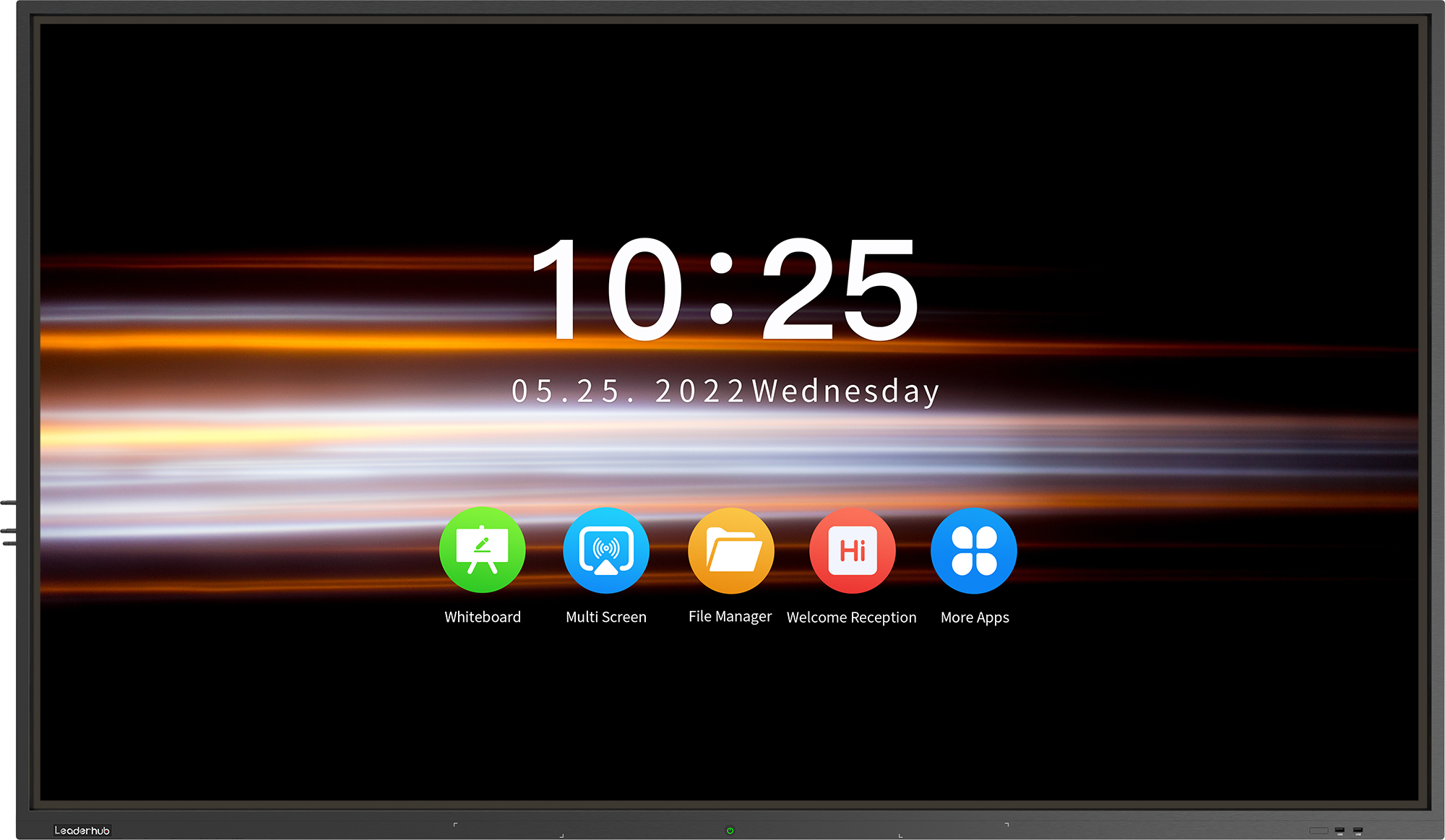Introduction

The technical principle of tablet multi-screen interaction and its interaction with mobile phones, TVs, and other devices have revolutionized the way we interact with our digital devices. This article explores the concept and implementation of multi-screen interaction, focusing on tablets, and how they seamlessly integrate with other devices.
The Technical Principle of Tablet Multi-Screen Interaction
Tablet multi-screen interaction allows users to connect their tablets with other devices, such as mobile phones, TVs, and computers, to share and synchronize content, control different screens, and enhance overall user experience. The key technical principle behind this interaction is based on wireless communication protocols and software integration.
Wireless Communication Protocols
In order to establish a seamless connection between devices, tablet multi-screen interaction relies on various wireless communication protocols such as Wi-Fi, Bluetooth, and NFC. These protocols enable devices to communicate and exchange data in real-time, creating a unified ecosystem for multi-screen interaction.
Software Integration
Software integration plays a crucial role in enabling tablet multi-screen interaction. Manufacturers develop dedicated apps or software that allow tablets to seamlessly connect and interact with other devices. These apps facilitate content sharing, control synchronization, and provide a unified interface for users to manage multiple screens simultaneously.
Tablet's Interaction with Mobile Phones, TVs, and other Devices
Tablets have become an important hub in the era of multi-screen interaction, enabling users to connect and control various devices effectively. Here's how tablets interact with other devices:
Integration with Mobile Phones
By connecting a tablet with a mobile phone, users can easily access and manage their phone's content, including calls, messages, and notifications, directly from the tablet's screen. This integration allows users to stay connected and control their phone's functionality without the need to switch between devices constantly.
Integration with TVs
Tablets can also be seamlessly integrated with TVs, transforming them into a smart entertainment hub. Users can stream videos and movies from their tablets to the big screen, control TV settings, and even use the tablet as a remote control. This integration enhances the multimedia experience and offers greater convenience.
Integration with Other Devices
Tablets can interact with a wide range of other devices, such as smart home appliances, wearables, and even cars. Through multi-screen interaction, users can control and monitor these devices from their tablets, creating a connected and automated environment. For example, users can control the temperature of their smart thermostat or check the security cameras in their house, all from their tablet.
Conclusion
The technical principle of tablet multi-screen interaction has transformed the way we interact with our digital devices. Through wireless communication protocols and software integration, tablets seamlessly connect and interact with mobile phones, TVs, and other devices. This integration enhances user experience, offering convenience, flexibility, and a truly connected ecosystem. Tablet multi-screen interaction is not just a technological advancement; it has become an essential part of our digital lifestyle.

